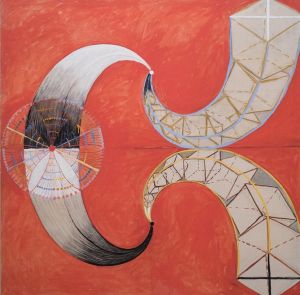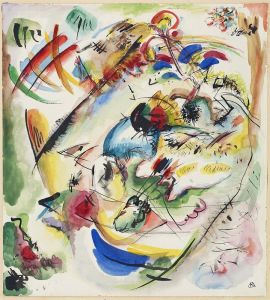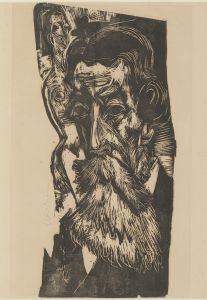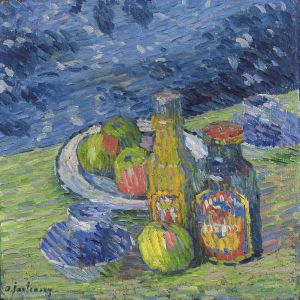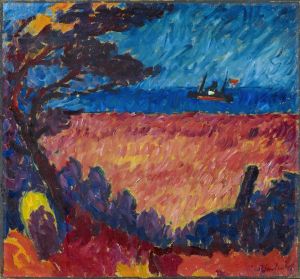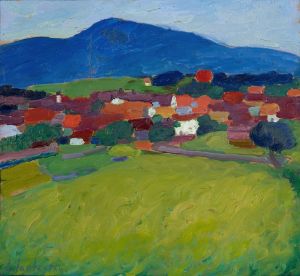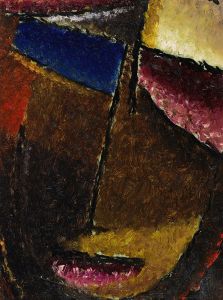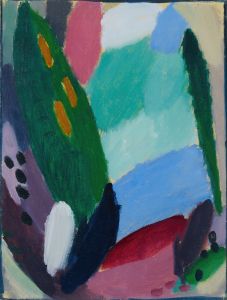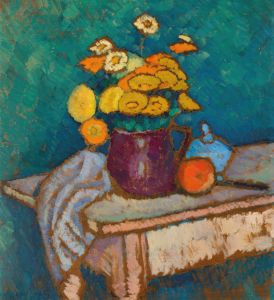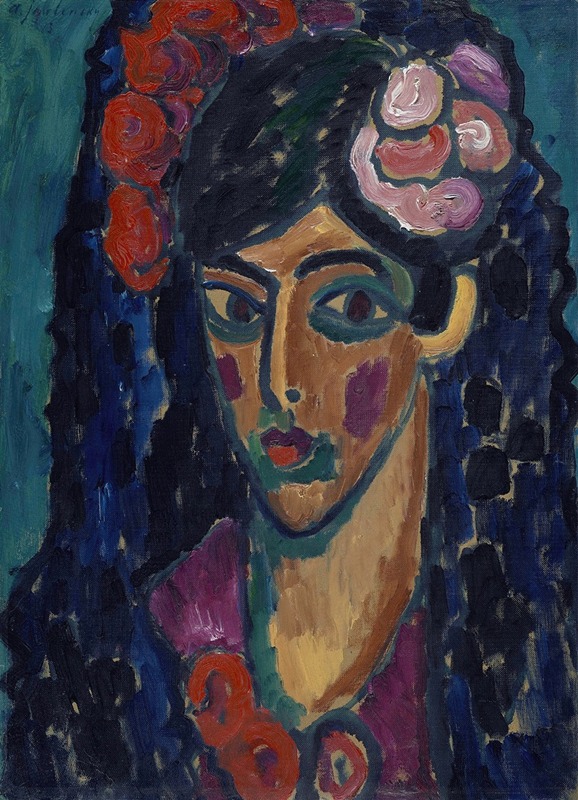
Spaniard
A hand-painted replica of Alexej von Jawlensky’s masterpiece Spaniard, meticulously crafted by professional artists to capture the true essence of the original. Each piece is created with museum-quality canvas and rare mineral pigments, carefully painted by experienced artists with delicate brushstrokes and rich, layered colors to perfectly recreate the texture of the original artwork. Unlike machine-printed reproductions, this hand-painted version brings the painting to life, infused with the artist’s emotions and skill in every stroke. Whether for personal collection or home decoration, it instantly elevates the artistic atmosphere of any space.
Alexej von Jawlensky was a Russian expressionist painter who became a prominent figure in the early 20th-century art world. He is best known for his vibrant use of color and his development of a distinctive style that combined elements of Russian folk art, Fauvism, and German Expressionism. One of his notable works is "Spaniard," a painting that exemplifies his unique approach to portraiture and color.
"Spaniard" was created during a period when Jawlensky was deeply engaged with the exploration of human expression through bold colors and simplified forms. This painting is part of a series where Jawlensky focused on the human face, using it as a canvas to explore emotional depth and spiritual resonance. The series is characterized by its intense use of color and abstracted forms, which reflect Jawlensky's interest in the spiritual and emotional potential of art.
In "Spaniard," Jawlensky employs a vivid palette, using contrasting colors to create a sense of dynamism and intensity. The subject's face is rendered with broad, sweeping brushstrokes, and the features are simplified to emphasize the emotional impact rather than realistic representation. This approach is typical of Jawlensky's work during this period, where he sought to transcend the literal depiction of his subjects and instead capture their inner essence.
Jawlensky's work was influenced by various art movements and personal experiences. He was associated with the Blue Rider group, a collective of artists that included Wassily Kandinsky and Franz Marc, who were united by their interest in the spiritual and symbolic aspects of art. This connection is evident in "Spaniard," where the use of color and form is not just aesthetic but also imbued with symbolic meaning.
The painting reflects Jawlensky's fascination with the expressive potential of color. He believed that colors could convey emotions and spiritual states, a concept that was central to his artistic philosophy. In "Spaniard," the interplay of warm and cool tones creates a sense of tension and harmony, inviting viewers to engage with the painting on an emotional level.
Jawlensky's work, including "Spaniard," had a significant impact on the development of modern art. His exploration of color and form influenced subsequent generations of artists, and his paintings continue to be celebrated for their emotional depth and innovative use of color. "Spaniard" is a testament to Jawlensky's ability to convey complex emotions through simple yet powerful visual means.
Today, Jawlensky's paintings are held in high regard and are featured in major art collections around the world. "Spaniard" remains an important example of his contribution to the expressionist movement and his ongoing legacy as a pioneer of modern art.






